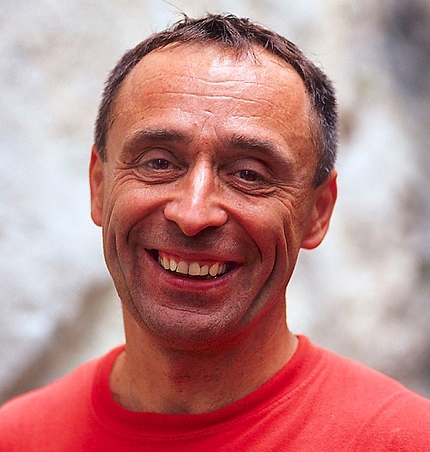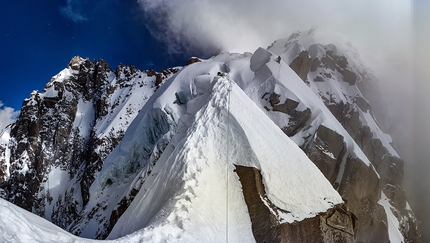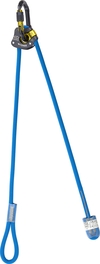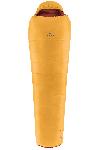Fitz Roy Moonwalk Traverse and Saraghrar NW win Piolets d’Or 2022, Annapurna III SE Ridge receives Special Jury Award
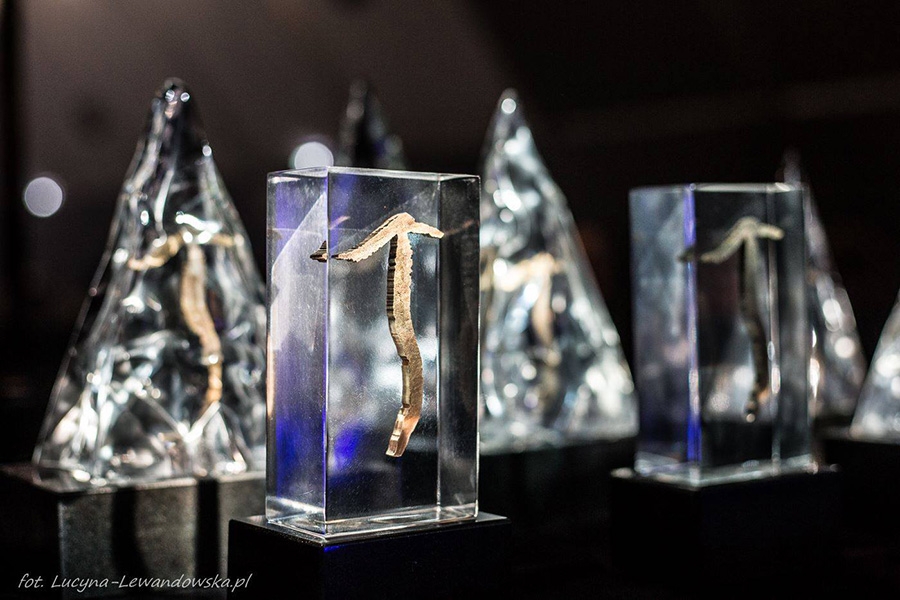
 1 / 16
1 / 16 Lucyna Lewandowska Fotografia
Lucyna Lewandowska Fotografia
After 2020, when international mobility was heavily impacted by the COVID pandemic, 2021 saw a big surge of activity, despite ongoing restrictions. There was a remarkable number and diversity of first ascents across the world, by alpinists from many different origins. Alpinism, which was recognised in December 2019 by UNESCO as an intangible world cultural heritage, in line with the Piolets d’Or Charter, is very much alive! We are therefore pleased to announce that this year our international jury composed of Conrad Anker, Alex Bluemel, Genki Narumi, Paul Ramsden, Patrick Wagnon and Mikel Zabalza has selected two 2022 Piolet d’Or ascents and assigned a Special Jury Award to another remarkable ascent.
Saraghrar Northwest (7,300m)
Archil Badriashvili, Baqar Gelashvili, Giorgi Tepnadze - Saraghrar Northwest, first ascent via the northwest face, 2,300m, ED2 or Russian/Caucasian 6B, 6b M5+ A3+ 80-90°, from September 3-10, 2021. The route was descended with one further bivouac.
The Saraghrar Massif, just south of the Afghan border in today’s little visited Pakistan Hindu Kush, has several summits, but few climbers have ever reached them. Saraghrar Northwest (7,300m) remained unclimbed, despite prolonged and valiant attempts on the southwest buttress by three strong Spanish expeditions in the 1970s and early ‘80s. The last of these topped out at around 7,150m on the northwest ridge, at a point they named Saraghrar Northwest II. Georgians Archil Badriashvili, Baqar Gelashvili, and Giorgi Tepnadze chose the previously unattempted northwest face, in its upper part a steep rock wall merging into the northwest ridge. They also opted to make the attempt in September, later in the year than normal, to lessen daytime heat and consequent rockfall.
From a base camp at around 4,200m in the Rosh Gol, and with little pre-acclimatization, the three "warmed up" by making the first ascent of the south face and east ridge (1,800m, TD 60°-ice 75°-snow) of Languta-e-Barfi (6,833m), with one bivouac at 6,400m. This was the fourth ascent of the peak but the first from Pakistan.
Around nine days later, on September 3, the Georgians began climbing the northwest face of Saraghrar Northwest at around 5,000m, continuing unroped up the huge snow and ice couloir that characterizes the lower half, to make a first bivouac at 6,200m. Above, a steep granite face formed the meat of the route. Overcoming hard mixed, free and aid climbing, they bivouacked at 6,400m, 6,600m, 6,750m, 6,850m, and ca 7,000m at the top of the face. Days five and six were spent on the difficult, vertical, 250m headwall, one pitch taking seven hours to lead.
Above the top of the wall lay a long complex and corniced ridge with 300m of vertical gain. The three Georgians made their last bivouac near the exit to the Spanish route, and on their eighth day slogged up to the summit. The were able to reverse the route to the bivouac above the headwall on the same day, and next morning began rappelling the northwest face, continuing through the night until they reached the bottom.
The Jury felt the choice of a high unclimbed peak in a less well-known area, a conventional fair-means approach, a previous unattempted face, a small team, a long climb in pure alpine style with significant technical difficulties above 6,200m and a crux section between 6,750m and 7,000m, and the need for a high level of commitment, all exemplify the Piolets d’or Charter.
Fitz Roy Group, Moonwalk Traverse (3,405 m)
Sean Villanueva O’Driscoll - Moonwalk Traverse (4,000m+, 6c 50°) – the first complete south to north traverse of the Fitz Roy Massif (Aguja de l’S to Aguja Guillaumet), from February 5-10, solo.
Over five days in February 2014, Americans Tommy Caldwell and Alex Honnold pulled off an astonishing and much-coveted ridge traverse when they crossed the entire Fitz Roy Group from north to south – Aguja Guillaumet to Aguja de l’S. In 2015 the Fitz Traverse was awarded a Piolet d’Or.
In early 2020, stuck in El Chaltén after the start of the pandemic and with seemingly many more cases and restrictions in Europe, the Belgian Sean Villanueva O’Driscoll decided to stay, locked into this giant playground. By early February 2021, he was ready to embark on a dream: to traverse the entire Fitz Roy Massif, solo, from south to north. The project, over five kilometres in length and with more than 4,000m of total elevation gain, would follow the skyline from Aguja de l‘S, over Aguja de Saint Exupéry, Aguja Rafael Juárez, Aguja Poincenot, Aguja Kakito, Cerro Fitz Roy, Aguja Val Biois, Aguja Mermoz, Aguja Guillaumet Sur, and finally Aguja Guillaumet.
Villanueva O’Driscoll took a light sac, a small haul bag (which later broke, becoming unusable), 10 days food, a sleeping bag, small tent and tin whistle. The starting weight was nearly 30kg.
On the first day, the single lead rope he was using sustained three core shots and only just lasted to the end of the traverse. Not much later he lost cams when a gear loop broke. He climbed free, mostly on-sight, and self-belayed with a Grigri on all but the easiest (scrambling) pitches, resulting in him covering most of the ground three times. He carried no communication device and due to the quiet nature of the mountains at that time, met only three other teams. Prolific Patagonian activist, Colin Haley, felt it was undoubtedly the most impressive solo ascent ever made in this region.
The Jury felt this was an elegant and sustained line, which had been attempted or conceived by several parties, although no one appears to have considered it for a solo outing - an adventure unattainable for most climbers. Whilst, apart from a few pitches, none of the terrain was new, the style was outstanding, combining technical climbing, endurance, mental commitment, and considerable Patagonia experience. There was admiration for the optimistic attitude, at first when the country was brought into lockdown and then on the initial stages of the route, when faced with gear damage and loss.
2022 SPECIAL JURY AWARD
Annapurna III, southeast ridge (7,555 m)
The first ascent of the southeast ridge of Annapurna III (7,555m), Annapurna Himal, via the route Patience (2,950m, 6a A3 M6 80° ice and 90° snow), by Nikita Balabanov, Mikail Fomin, and Viacheslav Polezhaiko (Ukraine). Sixteen days (October 22 – November 6) to the summit from base camp. The three then descended new ground on the west face for a further three days.
The long-awaited first ascent of the southeast ridge of Annapurna III (7,555m) has widely been acclaimed as one of the greatest achievements in Himalayan alpinism in the last few years. Nikita Balabanov, Mikail Fomin, and Viacheslav Polezhaiko (Ukraine) spent 19 days on the mountain, succeeding where many other previous attempts, dating back to 1981 and including their own in 2019, had failed. The route is tactically complicated, extremely committing, and can likely only be achieved when the team has excellent skills, high levels of endurance, and judgement. It also lies in a sector of the country that notably receives worse weather than most of the Nepal Himalaya.
The three Ukrainians acclimatized by summiting a mountain of equal height, the adjacent 7,525m Annapurna IV. They more or less followed a line that had been climbed previously to the northwest ridge but not completed to the summit. Well over a week later, with their sacs weighing 22-24kg, they crossed the bergschrund below the southeast ridge at 4,600m. They were carrying 12 days food and fuel. Despite an excellent forecast, the weather was poor throughout their ascent. However, conditions on the mountain were much drier than their previous attempt, making the climbing harder and slower. At 6,250m they met the
technical rock crux; a steep crumbling chimney, climbed in crampons. At around 6,500m they reached the 1981 high point (equalled but not surpassed by several subsequent parties), where a ca 70m, unprotected, knife-edge snow ridge is interrupted by a very sharp drop. This section – the psychological crux - succumbed to prolonged and creative shovelling. At 7,100m the southeast ridge merges with the south ridge and from there the terrain to the summit is straightforward. Bitter cold and high winds made for a slow ascent and another bivouac at 7,400m. From the summit, unwilling to descend the route due to its obvious danger, and unable to continue down the east ridge due to the powerful headwind, they opted for the unknown west face. This proved yet another ordeal, but eventually they reached the East Annapurna Glacier. While such an ascent should clearly be awarded, certain aspects do not comply with the Piolets d’Or Charter.
Piolets d’Or Charter and helicopter use - ethical and environmental considerations
The southeast side of Annapurna III rises from the cirque at the head of the Seti Khola. Accessing this cirque was always considered very difficult and dangerous, traversing steep, unstable ground above the Seti Khola Gorge. However, several landslide incidents resulted in expeditions in 2007 and 2010 failing to reach the mountain because team members or the porters themselves declared the terrain too dangerous. Since that time four expeditions, including the Ukrainians in 2019 and 2021, have used a helicopter to transport themselves and all equipment into the cirque.
After descending the far side of the mountain, the three Ukrainians were flown out by helicopter from 5,000m, low on the East Annapurna Glacier (they had asked for a pick-up at 4,500m). Shortly after, one member was flown back to the cirque to collect base camp. All were in Kathmandu the same day.
The purpose of the Piolets d’Or is not only to recognise the most significant ascents of the previous year, but also to use these ascents to promote distinct ethical messages regarding our practices as alpinists, in line with the UNESCO classification of Alpinism as an intangible cultural heritage.
The Charter states that "style and means of ascent take precedence over reaching the objective itself". Access is not, as such, part of an ascent but is obviously becoming an important ethical and environmental issue. The spirit of the Piolets d'Or suggests that when a place cannot be reached through regular transport routes, or on the ground "by fair means", it should be left for future generations.
The Charter also includes the criterion "respect for the environment". In the last decade or so the usage of helicopters for access in the Himalaya has grown massively, especially in Nepal where helicopter use has been largely unregulated. Hiring a private helicopter to reach the base camps of 8,000m peaks, and to fly from base camp to base camp to make a series of fast ascents, has become very common for those who have the financial resources. This in a country where, traditionally, base camps have been accessed on foot with the help of local porters. Those who visit the high mountains see, more than most, the huge toll that global warming is extracting on the environment. True, a significant portion of an expedition’s carbon footprint can be attributed to the international flight, but the systematic use of helicopter charter in Nepal, and more generally elsewhere, is becoming highly problematic. It is incumbent on us as mountaineers to act responsibly and limit our impact.
The Piolets d’Or would like to send a clear message that the high mountains and the people who live beneath are being increasingly damaged by climate change. It therefore does not support the use of the helicopter for general access.
The Jury agrees that from a climbing perspective the new route on Annapurna III is one of the major ascents in recent years. However, it also agrees that it does not comply with all aspects of the Charter. After considering both points it has decided it cannot award a Piolet d’Or and has conferred instead a Special Jury Award.
Info: ww.pioletsdor.net



 Copia link
Copia link

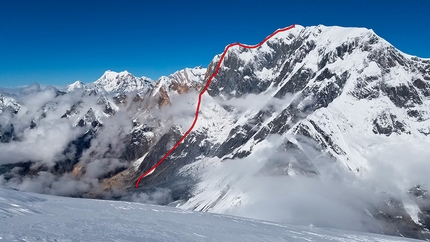
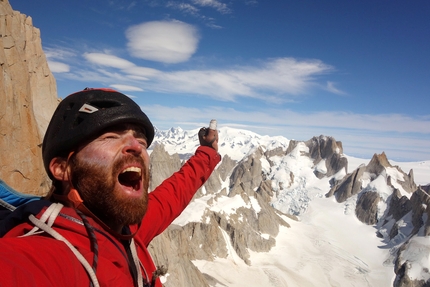
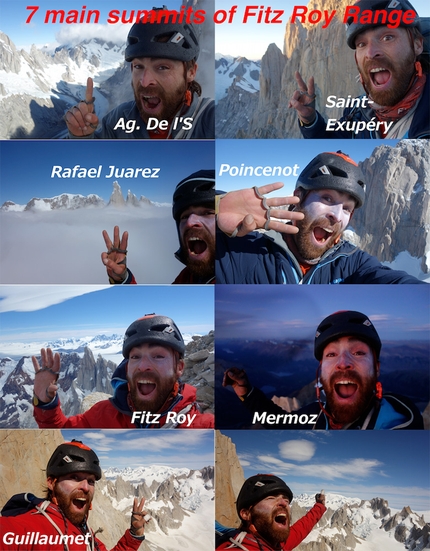
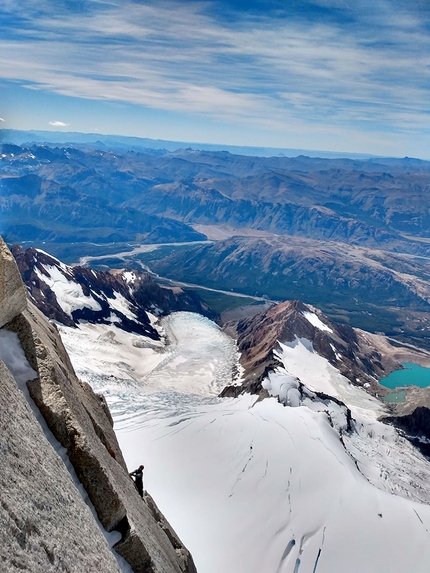
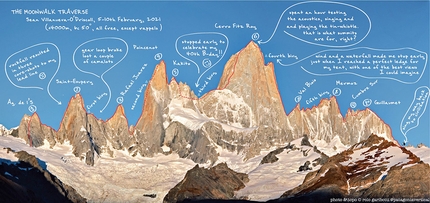
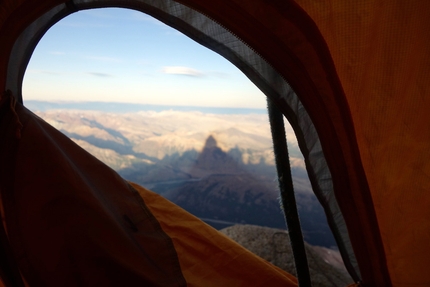
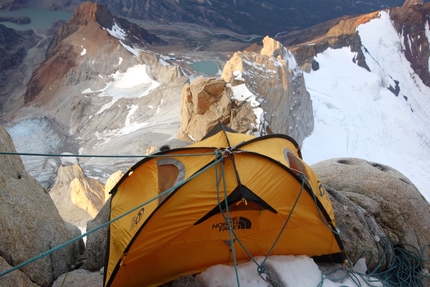
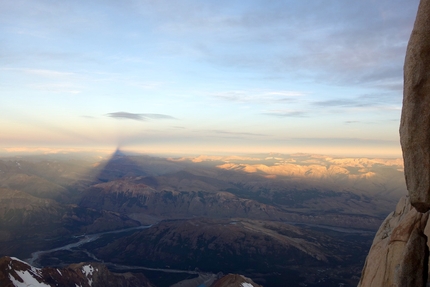
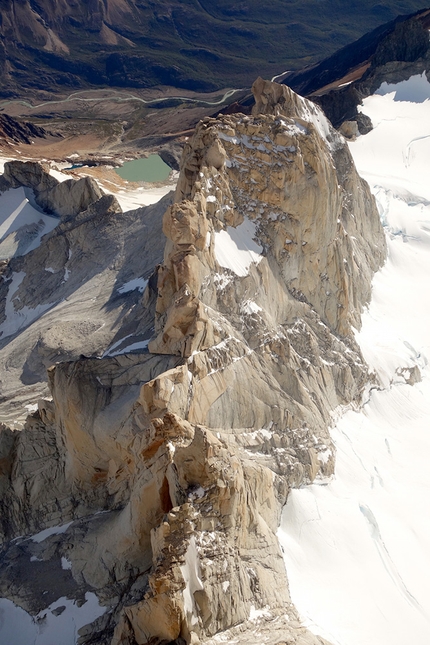
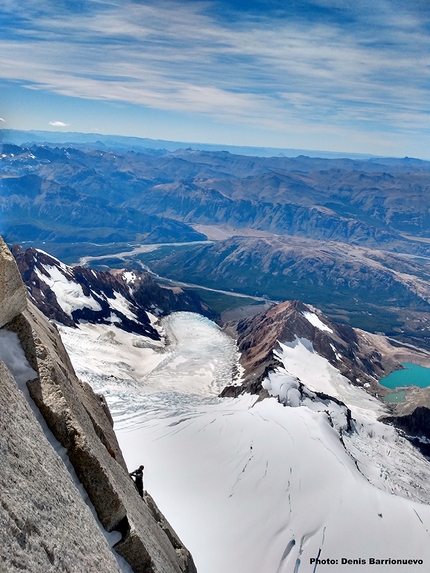
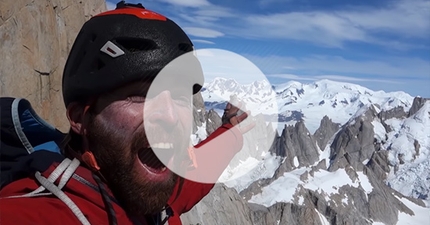
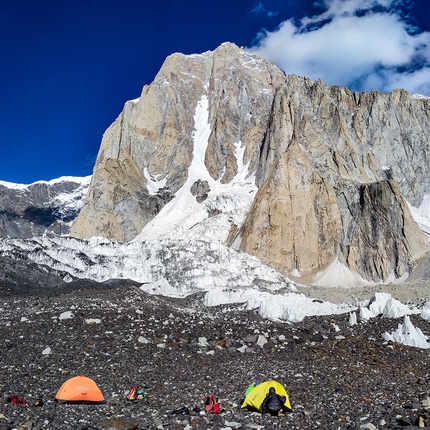
 See all photos
See all photos